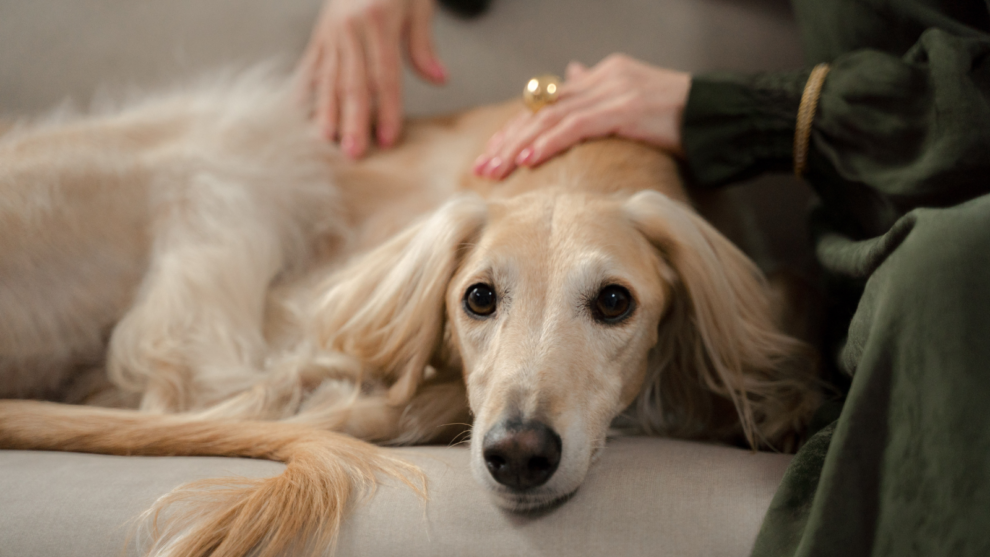Some dogs are naturally more cautious or react more quickly to new stimuli. This is completely normal - every dog has its own character.
In this article you will read how to frightened dogs can help you feel safe and relaxed, with calm, confidence and, above all, lots of patience.
Recognizing anxiety in your dog
Fear in dogs can manifest itself in a variety of ways. Some dogs retract their tails, others freeze or start barking.
Watch for signals such as:
- Trembling or crawling away at loud noises
- Avoiding eye contact
- Excessive licking or panting without exertion
- Tail low, ears back and tense body
How do you help a fearful dog?
The most important thing is that your dog knows he is safe.
Never punish or force him - that only increases the fear.
Instead, use this calm approach:
- Stay calm yourself: Dogs sense your emotions unerringly. Quiet energy helps them relax.
- Offer a safe place: a quiet corner in the house or a blanket where he can retreat.
- Reward confidence: Small steps deserve praise - a soft voice or candy works better than pressure.
- Avoid overstimulation: Introduce new situations slowly, with many breaks.
Anxiety caused by sounds or situations
Loud noises such as thunderstorms or fireworks can cause a lot of stress.
Close windows, put on soft music and stay with your dog so he is not alone.
Even everyday situations - like driving or strange people - you can build up calmly by pairing positive experiences.
When extra help is needed
Sometimes anxiety is persistent or intense.
In that case, you can seek the help of a dog behaviorist.
These experts work with gentle methods and help you better understand what your dog needs.
Even when you are not around for a while, your dog benefits from rest and routine.
Choose an experienced dog sitter via Petbnb
who understands sensitive dogs and continues your approach.








